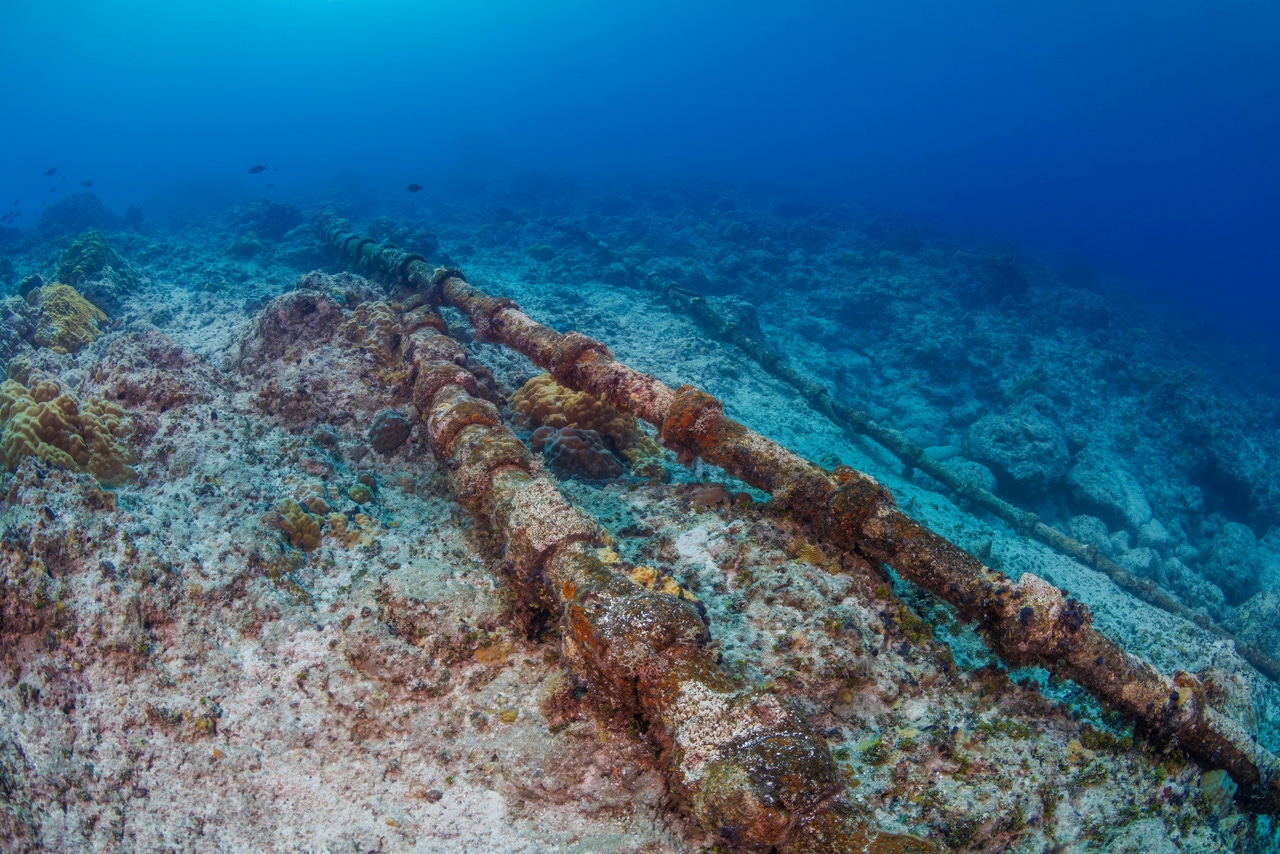Deep Seabed Mining a Threat to Global Subsea Cable Network Safety, Environment
United Nations Convention on Law of the Sea (UNCLOS) Treaty, which the U.S. has not joined, provides structure for access to valuable minerals. Such mining, if not conducted properly, can damage subsea cables and the environment.
July 8, 2024

A controversial global treaty which will enable signees to vote for rights to deep seabed mining, carries environmental, economic, geopolitical and telecommunications implications for the use of the sea floor.
Looking to open a subsea front for precious mineral access, 168 countries, including China, have signed onto the United Nations Convention on the Law of the Sea (UNCLOS) treaty, which allows for the division of the international seabed.
Crafting environmental rules
The United States, whose strong interest in the historic treaty, has not yet joined the global group. If the conservative Heritage Group continues blocking a senate approval over the terms of numerous presidents, the U.S. will not have a vote in crafting approving bids and environmental rules for seabed mining, leaving China as the power at the newly created International Seabed Authority.
"We are conceding," John Negroponte, a former National Intelligence director in the Bush administration, told CBS 60 Minutes. "If we're not at the table and we're not members of the Seabed Authority, we're not going to have a voice in writing the environmental guidelines for deep seabed mining. Well, who would you prefer to see writing those guidelines? The People's Republic of China or the United States of America?"
What is the buried treasure?
What is driving the U.N. Law of the Sea Treaty is access to the seabed to begin mining next year for vast amounts of minerals on and beneath the ocean floor. This will be handled by the International Seabed Authority (ISA), an autonomous international organization created under UNCLOS.
As of 18 May 2023, ISA has 169 members, including 168 member states and the European Union. Valued minerals can include rocks which include cobalt, copper, manganese, and nickel, according to the 60 Minutes report.
When and who?
No deep seabed mining operations have started anywhere in the world, according to the ISA. “Current exploration activities undertaken in the seabed area are aimed at gathering the necessary information on the location and quality of the seabed minerals and collecting all the necessary environmental information.”
To date, ISA claims it has approved thirty contracts for exploration involving twenty-two countries and covering more than 1.3 million square kilometers of the seabed.
Twelve are sponsored by developing countries.
Thirteen countries and one intergovernmental consortium currently have contracts for the exploration of polymetallic nodules.
Seven countries have contracts for the exploration of polymetallic sulfides.
Five have contracts for the exploration of cobalt-rich ferromanganese crusts.
The treaty was created to avert an undersea rerun of the U.S. Gold Rush and included support for the naval resources needed on the surface. Splitting up the seabed between the signatory countries, without the U.S., would seem to create challenges for military presence in a world flush with geopolitical hot spots. The list includes the narrow space between China and Taiwan, the shipping lanes of the Red Sea, and the war zone in the Middle East between Israel and Palestine.
Subsea cable construction forecast
Will the beginning of seabed mining have an adverse impact on the building of subsea cables? Many recent and planned systems have been in the works for years.
Between 2023 and 2025, a new cable boom valued at a record $10 billion will bring an estimated seventy-eight systems online measuring over 300,000 kilometers in length, a level of growth not seen in over 20 years. That is according to a blog by Telegeography, a global telecom market research firm. The group has released its 2024 world submarine cable map.
What becomes of subsea cables – current and planned?
Subsea fiber optic cables are lifelines that typically lay atop the seabed to support lifeblood data communications between hubs on almost all continents. They needed to be maintained and repaired when damaged or severed, which has seemingly become more frequent.
Protecting the health of this network of subsea cables has become paramount because other services, such as satellite and wireless, cannot match the capacity and speed and are, therefore, relegated to short-term, but only partial, backup options.
Will an anticipated increase in ocean bottom activity and supporting shifts and equipment threaten the safe and continued operation of subsea cables? The risk of damage would seem heightened considerably because, at present, faults are mostly due to accidental human activities such as fishing and anchoring. Deep sea mining is a largely new and potentially profitable activity that could transform sea floors and surrounding waters into commerce areas.
The big picture
The global submarine cable network of more than four hundred cable systems and 1.5 million kilometers of submarine cables crosses the oceans worldwide, according to the International Cable Protection Committee (ICPC), which promotes submarine cable protection and resilience. “This network underpins our daily lives, carrying more than 99% of all digital data traffic worldwide, including the Internet,” the group added.
The global group recommends countries provide security for repair ships and crews used to repair today’s variety of subsea cable damage and cuts. The ICPC’s 215 member firms from seventy countries build, operate, and maintain submarine telecommunications and power cable infrastructure.
The importance of protecting subsea cables has increased of late, creating a myriad of problems for users. Repairs on two out of three cables cut in the Red Sea off Yemen in early February began in May, while work on the third has been delayed with no time to repair interval provided. The continuation of armed conflict in the area has delayed permitting for the repairs and forced users of the cables to scramble for rerouting of crucial traffic over diverse paths on unaffected cables in the busy region.
Asked whether subsea cables will be impacted by seabed mining due to start next year, the ICPC replied. “Uncoordinated deep seabed mining poses risks of damage to submarine cables and foreclosure of diverse routes used to strengthen resilience of submarine cable networks,” explained Kent Bressie, International Law Adviser, ICPC, and Partner, HWG LLP.
The ICPC and its members have been working with states, the International Seabed Authority, and mining contractors to mitigate these risks through the adoption and implementation of effective regulations for mining contractors and direct coordination between submarine cable operators and mining contractors.
A spokesperson for Telegeography said the firm is unable to assist in addressing the question.
Exploration drives environmental concerns
Extensive exploration is already going on pursuant to the exploration contracts, explains Bressie. "The submarine cable industry worries about that, as even exploration can damage cables if it is not coordinated sufficiently. And, of course, there are significant concerns about the environmental impact of any deep seabed mining activities."
Users of the subsea cables are expected to see an increase in costs from operators of the link as the cost of insuring them is increasing, as is the cost of repairs resulting from the sizable delay in the ability to get clearance to get to work as is the case in the Red Sea, which is going on for four months now. Route diversity is crucial but not yet widely available.
Related articles:
About the Author
You May Also Like





